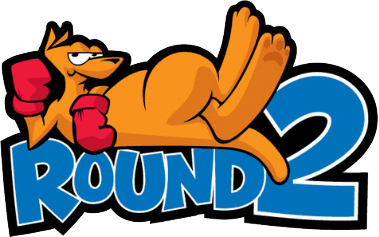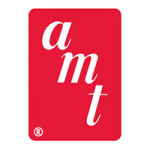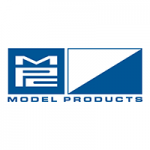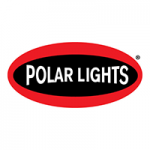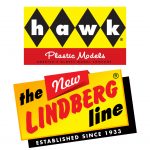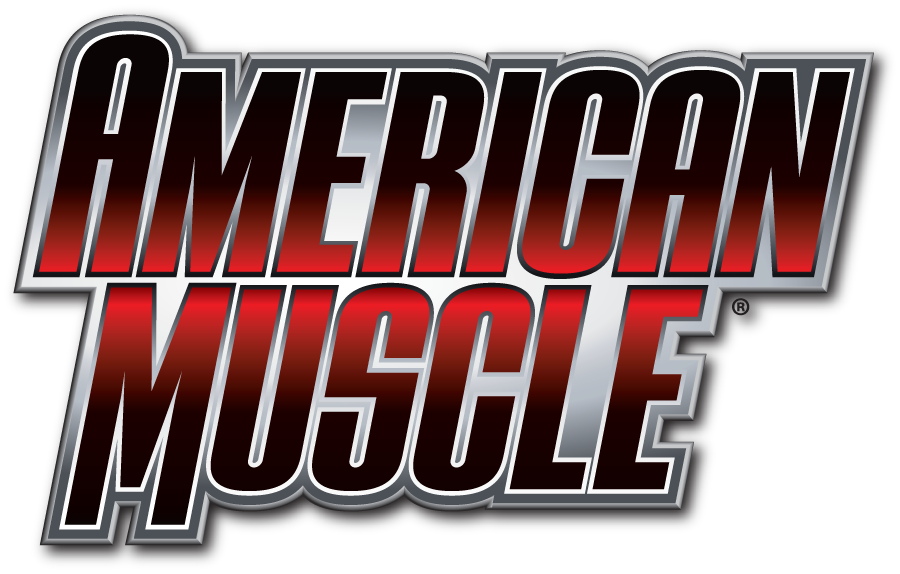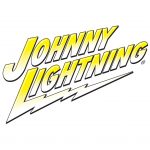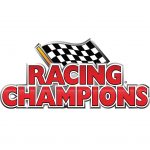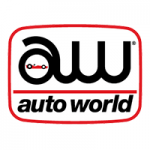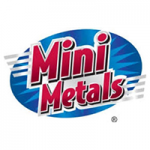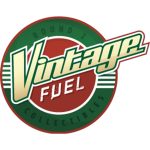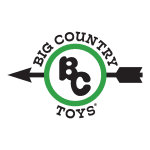

It was 1963. In the midst of the plastic model kit boom, several prominent AMT employees, including George Toteff, Phil Sheldon, Ed Dietz, and Paul Simon, departed AMT. Their intention: to form Model Products Corporation or MPC. Toteff leads the enterprise, with Sheldon as Chief Engineer, Dietz as New Product Engineer, and Simon as the Shop Manager. Despite the mass exodus of talent from AMT, the two companies remained on friendly terms initially. Several of the first MPC kits were actually sold in AMT packaging, taking advantage of access to AMT’s superior distribution network and established brand name.
MPC’s first kit was a 1/25 scale 1964 Chevy Corvette coupe. AMT, having a lock on the Chevrolet promotional model business at the time, already had Corvette kits. But MPC felt the ‘Vette was so popular that another kit in the marketplace wouldn’t hurt. It proved to be a worthy choice with which to establish the new company in its own right. MPC also tried figure kits right off the top: HOT ROD magazine’s Stroker McGurk cartoon character and the infamous Hot Curl, a long-haired, pot-bellied surfer caricature were both rendered in styrene.
Other early kits included the MPC Gangbusters series, introduced in 1965. These prohibition-era cars came with a twist, that being optional police and bootlegger accessories. The series included a 1932 Chevrolet, the first widely available prewar Chevrolet model kit in 1/25 scale. Other manufacturers were producing classic car kits, but the Gangbusters series added something new and original: windows and radiators with “bullet-holes,” liquor bottles and cases, safes, armed gangster and police figures, and even a vintage motorcycle. Customizer Dean Jeffries and the former “Kat from AMT”, Howard “Budd” Anderson, signed on as consultants.
The 1965 model year also brought MPC’s first foray into the promotional model business. It was with Dodge, breaking a several-year connection with a competitor, Jo-Han. The Coronet hardtop and convertible, Custom 880 convertible, and Monaco hardtop were produced for Dodge dealers. AMT offered the Coronet hardtop in kit form, while MPC kept the two big Dodges for itself. The latter sported Jeffries-designed custom versions. MPC would become particularly aggressive in securing promotional model business in the following years, whittling away at AMT’s leadership in this area. Like most other model manufacturers, MPC too took a stab at the slot car business. They had several excellent offerings, but were no more successful than the rest and would soon give up on the category.
MPC grew quickly and during 1966, took the contract for producing Pontiac promo models from AMT. Having severed the AMT connection around this time, MPC reissued some of its initial kit offerings under its own banner. Each model was changed in one way or another, as MPC wasn’t about to issue the exact same products as AMT had sold. Collectors now lament some of the changes because they tended to be irreversible. Also in ’66, MPC offered the first all-new non-current Corvette kit. It could be built as a ’56 or a ’57, in no fewer than seven different versions. Though AMT had the Ford promotional model contract, an MPC 1966 Mustang fastback kit appeared nevertheless, including a custom version by Budd Anderson.
1967 was a busy year for the company as they got in on the drag racing kit action, introducing 1/25 scale funny car kits. The first three included Dick Jesse’s “Mr. Unswitchable” Pontiac GTO, Roger Lindamood’s “Color Me Gone” Dodge Charger, and Ed Schartman’s Cougar. 1967 brought another, though a short-lived, promotional model contract, this time with Oldsmobile and its front-wheel-drive Toronado. Of course, MPC offered it as a kit as well. MPC’s landmark Monkeemobile kit hit dealers’ shelves that year too – a customized Pontiac GTO designed by Dean Jeffries. Like the Monkees’ records, the kit sold in the millions. To round out the year, MPC and British model manufacturer Airfix began to include some of each others’ kits in their respective catalogs. This would continue well into the Seventies. MPC offered smaller-scale car kits, military aircraft, and historical diorama kits under the arrangement.
1968 brought a new product line often associated with MPC: car kits in the slightly larger 1/20 scale. The first kit issued was Andy Granatelli’s STP Turbine car, which came within a whisker of taking the Indy 500 trophy in 1967, with Parnelli Jones at the wheel. The next one was another Corvette: the 1968 coupe, the first of the C3 generation. Combining 1/20 scale with the promotional model connection, MPC created a kit of the new-for-1968 AMX two-seater. American Motors offered the kit through dealers and by mail. The promotional model business kept building momentum and that year brought the big prize: Chevrolet, wrested from AMT. With the promo connection, MPC had the only correct C3 Corvette, Camaro, and Impala kits in ’68.
They also reeled in some Plymouth promo and kit business for ’68, with the Barracuda fastback.
The late Sixties brought a strong push for MPC into licensed TV and movie car kits from successful shows like Beverly Hillbillies, Hogan’s Heroes, Mannix, and Mission: Impossible; but a couple not so popular ones as well – The Good Guys. Saturday morning cartoons were represented in kit form too, with 3 kits based on Hanna Barbera’s Wacky Races. Automotive consultants working with MPC around this time included George Barris, Carl Casper, and Harry Bentley Bradley. Barris brought his TV, movie, and music-related custom creations, Casper his wild show rods and dragsters, and Bradley was on board to refine the kit designs created in-house.
Things remained strong during the 1970s. MPC introduced the Zingers, cars with engines and wheels in a much larger scale than the bodies, producing a fun caricature effect. The Zinger concept was acquired from Denny Johnson, an entrant in one of the model contests sponsored by MPC at a major custom car show. Several “full size” Zingers were built by Chuck Miller of Styline Customs for Bob Larivee at Promotions Inc. The vehicles toured the show car circuit and were even photographed on the Michigan International Speedway.
More action from 1970 included the first full-detail MPC NASCAR kit being released, the #71 Dodge Charger Daytona. Its success would lead to a more comprehensive series not long after. The 1/20 scale line was expanded with a Ford Econoline van kit with some impressive working features and optional parts. It would eventually be offered as the Ironside TV show van.
Another TV license, Dark Shadows, was acquired and resulted in 3 kits being released: figures of Barnabas Collins, the Werewolf, and the Vampire Van, a fictitious custom created by MPC heavily modifying their 1933 Chevy Panel tooling. To this day, that move causes some model kit collectors to howl at the moon.
Around this same time, MPC became a part of the General Mills Fun Group, a toy/hobby mega-company operated by the cereal maker. The Fun Group also included toy train maker Lionel and Craft Master, a maker of paint-by-number sets and similar products. The Fun Group eventually became Fundimensions and in the company’s catalog could be seen the countless craft and hobby-related products that run the gamut from model kits to mosaic sets, posters to toy trains.
A notable highlight of 1971 was MPC’s introduction of another new concept at the time: pre-painted model car bodies. The annual Dodge Charger and Mercury Cougar kits sported a pre-painted custom “fogging” on the body sides. These kits came with the bodies and related parts molded in one color and the remaining parts in another. “Spoof” style parts and building options incorporated the Zinger concept into some 1/25 scale annual car kits, but the Zingers’ success did not translate well to these more “serious” kits. This same year MPC took a swing at the heavy truck category pioneered by AMT two years earlier. Their beautiful Mack truck kits were every bit as good as AMT’s offerings, but MPC never followed up in this category, later selling the truck kit tooling to competitor Ertl.
In ’72, two new kit series were introduced that endured for several years: NASCAR and Pro Stock drag racing. Each series included four kits in the initial year, but both categories would prove popular and even to this day, are top-requested reissues. Pre-painted car bodies reached their high point that year, including showroom stock single-color paint jobs in addition to the previous custom-only style. MPC’s funny car releases also received pre-painted bodies in tandem. Additionally, three 1/24 scale World War II aircraft kits appeared in the catalog.
MPC was running on all cylinders and in ’73 introduced yet another new concept, the Switchers, allowing builders to change parts from the multiple optional building versions after the model was completed. The idea fizzled quickly as not much more than a gimmick, but the kits created for the series were reissued as new variants later, with the parts-switching capability de- emphasized.
After several years of expanding on all fronts and including non-automotive subject matter, the period of 1978 through 1979 proved to be the icing on the cake, ushering in two major licensing deals: Star Wars and The Dukes of Hazzard. Both have remained extremely popular with moviegoers, TV watchers, and model builders to the present day. The Dukes’ General Lee ’69 Charger is called the best-selling 1/25 scale car kit of all time. The American Graffiti sequel and TV shows like Happy Days, Space: 1999, and The Six Million Dollar Man provided more popular licenses and MPC released several interesting and in some cases, odd kits.
The promotional model business began to decline through the 1980s but the kits remained quite strong. Custom vans, four-by-fours, annual kits, and various other subjects were all in the catalog. A new TV show license, Knight Rider, provided an alter-ego for the then-current Trans-Am Firebird. The new TV version would quickly catch up to a certain orange Dodge Charger in sales. However, by the mid-Eighties, things had changed and MPC was for sale. Realizing that the brand would complement the AMT product line he recently acquired, Fred Ertl, Jr. stepped forward and made the deal that brought the two companies together. The 1985 catalog would be the last for MPC as a stand-alone company and in the late Eighties, the MPC line was gradually melded into AMT. The latter’s brand and logo began to be used on everything.
Between 1989 and 2007, the MPC brand name would only see use on short-run Buyers’ Choice kits, a program developed by Ertl to reissue vintage subject matter. The iconic blue and white logo was fully revived in 2008 by its new custodian, Round 2. MPC’s tooling was purchased by Round 2 outright in 2012 and shares space with AMT, Polar Lights, Lindberg, and Hawk under the company’s umbrella of model kit brands. Since then, many wonderful vintage kits, assumed to be long gone, have been reintroduced. Many have been enhanced with new options and additional all-new parts, such as Carl Casper’s Cosmic Charger, Don Garlits’ WynnsCharger, and the futuristic Daytona Transporter. MPC is back and better than ever!
